Introduction: Harlem 350
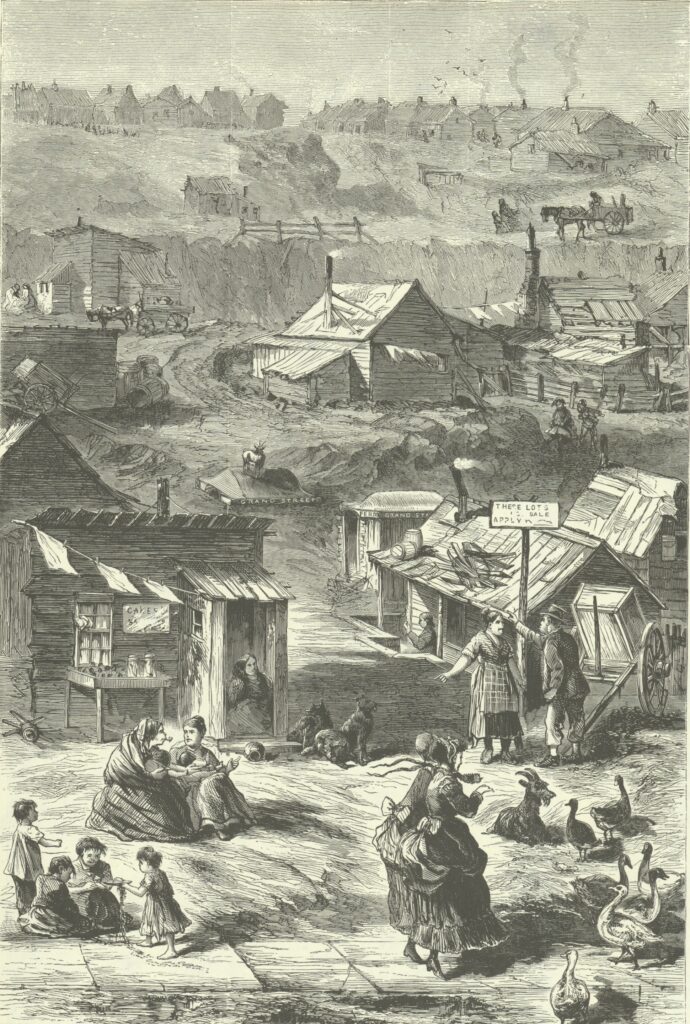
Squatters, New York’s poor, built shanties on hilly unoccupied land near and around Fifth Avenue from 110th to 116th Streets and raised goats, geese, chickens and pigs.
(Harper’s Weekly, June 26, 1869; artist D.E. Wyand)
Harlem is at a crossroads. After three centuries and five decades of continuous development, Harlem is poised for yet another rebirth. But unlike the cultural artistic movement of the 1920s, this renaissance is class and economics driven. As brownstones and buildings that once stood empty for decades are rehabbed and new home ownership opportunities are created through public and private partnerships attracting the affluent, Harlem’s long-term residents are in jeopardy of being displaced.
Almost eighty years ago today James Weldon Johnson asked:
“Will the Negro of Harlem be able to hold it? Will they be driven still farther northward?”
Originally developed for the middle and upper classes seeking to escape the congestion of the Lower East Side, Harlem became Manhattan’s crown jewel from the 1880s through the first decade of the twentieth century. As transportation innovation increased land values, speculators and developers descended on Harlem, igniting a building frenzy. Elegant rows of brown- stones and luxury apartments attracted the wealthy. Almost overnight, Harlem’s existing housing stock was built.
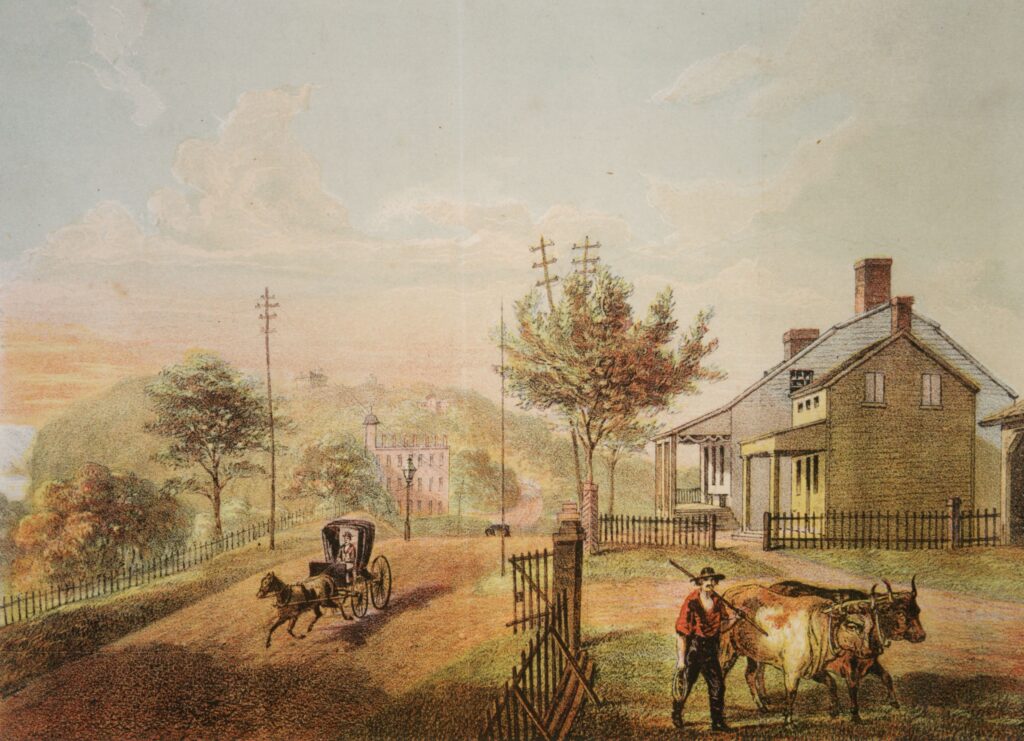
The Dyckman Farmhouse, a Dutch Colonial style structure, was built by William Dyckman c. 1784 and housed several generations of the Dyckman family. This lithograph depicts the farmhouse much as it would have been in the early 19th century when it was the center of several hundred acres of farmland owned by the family, 1866. (Image courtesy of Dyckman Farmhouse Museum)
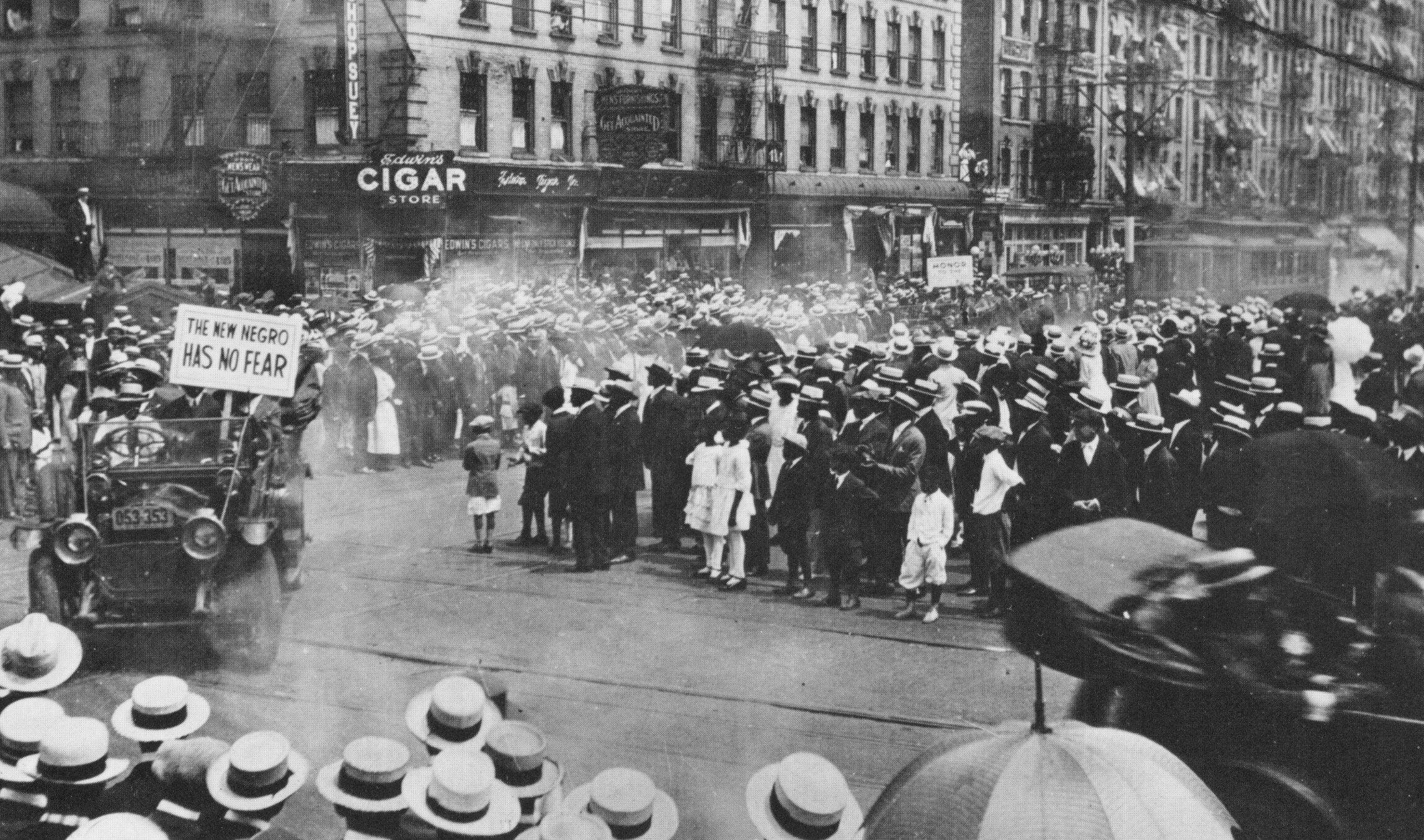
With a new found racial pride, thousands demonstrate the “New Negro has no Fear” at a Universal Negro Improvement Association (U.N.I.A.) parade in Harlem, 1924. By 1919 there were over 30 U.N.I.A. branches throughout the United States, the Caribbean, Latin America and Africa.
(Image courtesy of the Schomburg Center for Research in Black Culture; photo by James Van Der Zee)
In commemoration of the 350th anniversary of Harlem’s birth, CCNY Libraries are pleased to present Harlem 350, an exhibition exploring Harlem’s several historic periods in all their complex facets. From a rural colonial settlement on the shores of the East River to wealthy estates and plantations in the 18th century to enclaves of Jewish and African Americans in the 19th and 20th centuries, Harlem continues to remake itself.
Using photographs, maps, and prints this exhibition documents as well as illustrates Harlem’s social and architectural history.
Organized chronologically the exhibition is divided into nine sections from Dutch colonial Nieuw Haarlem to present day ethnically gentrified New Harlem.
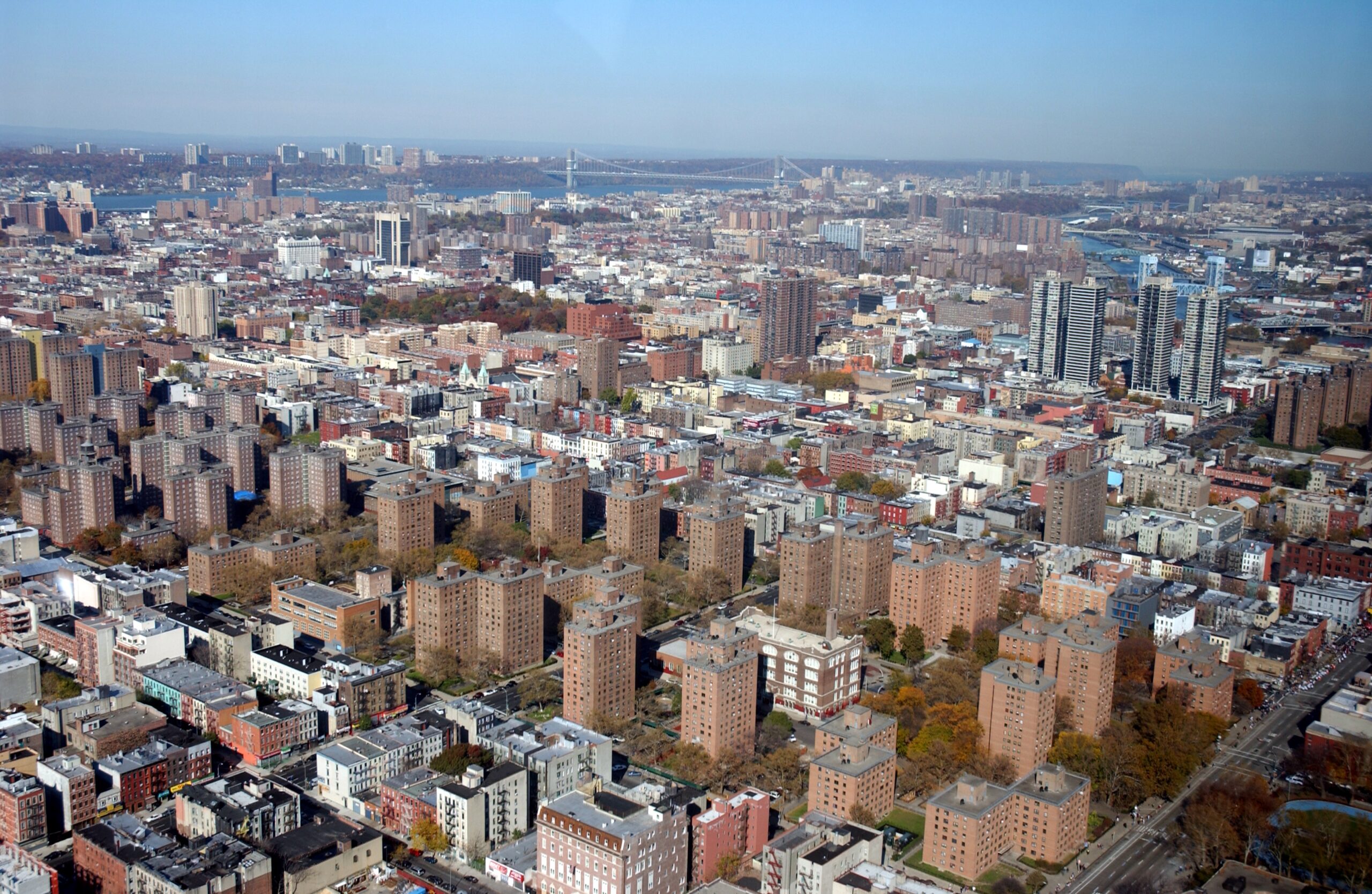
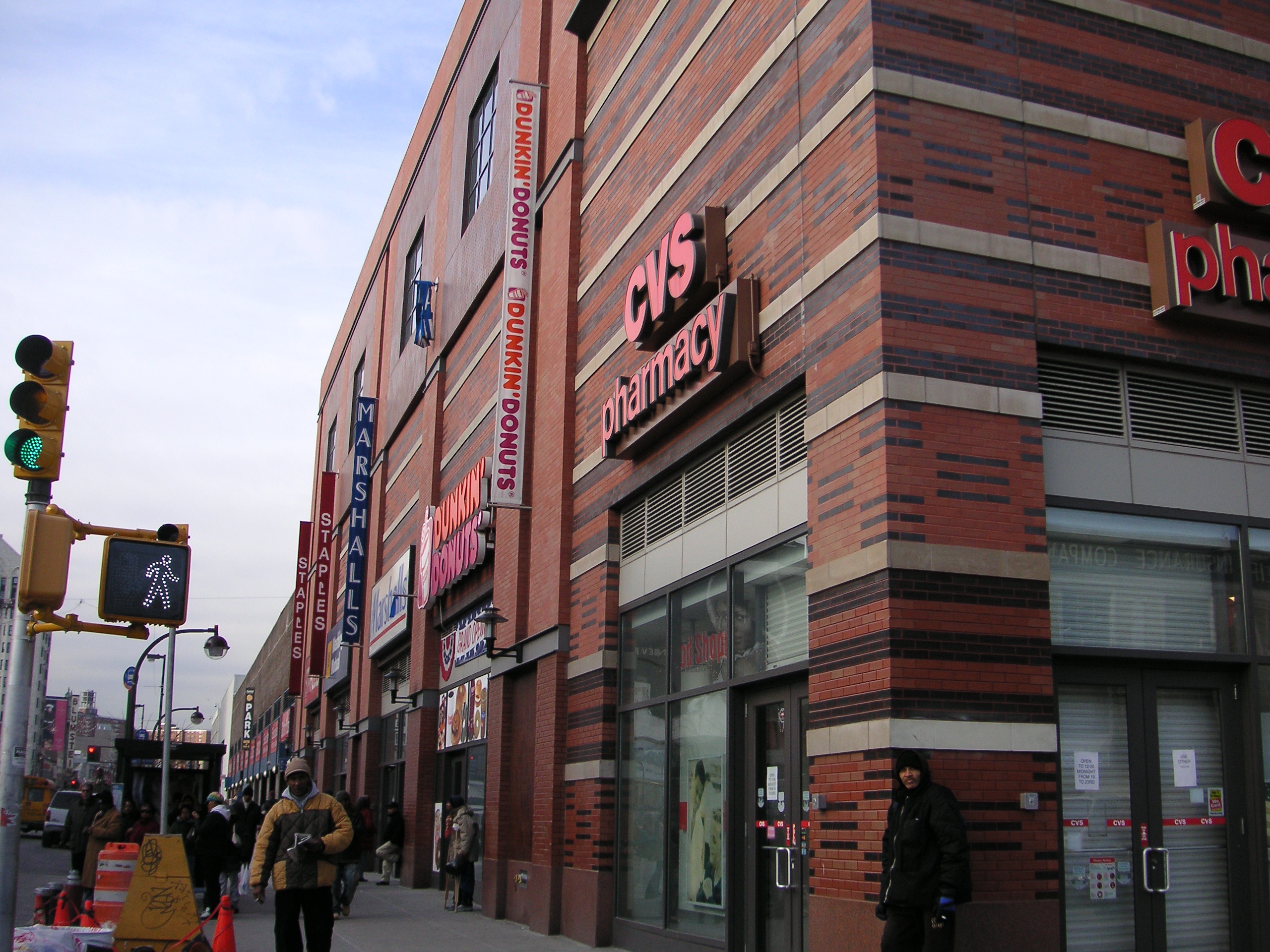
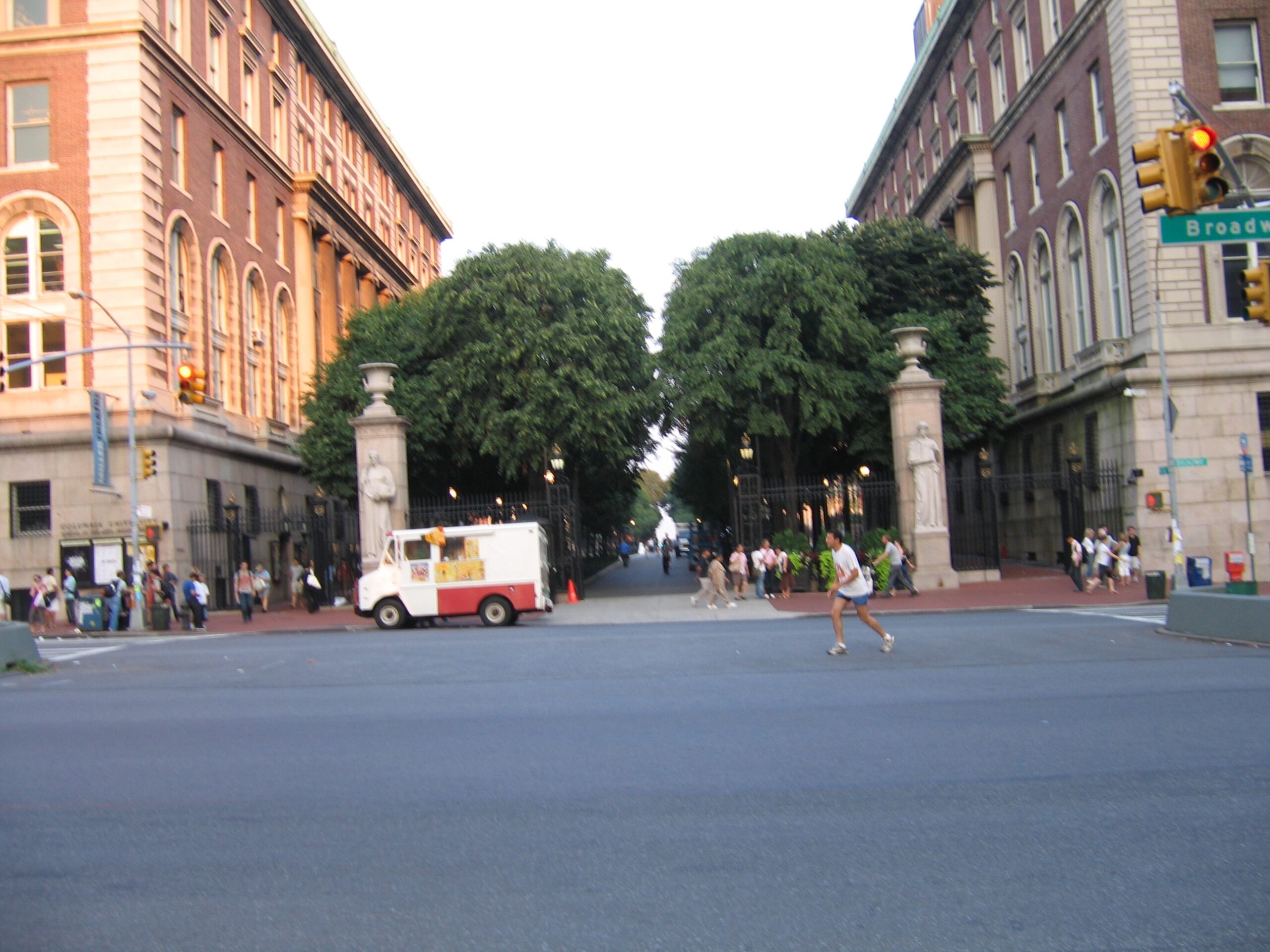
Center: Harlem Center. The Harlem Center, Lenox Avenue between 125th and 126th Streets, opened in 2002, includes ground-floor retail and office space. (Photo courtesy of Harlem Community Development Corporation)
Right: Battle of Harlem Heights. Site of the Battle of Harlem Heights

